We associate architectural modernity with rationalism, but this austere and mechanistic style is often barely rational, and sometimes not reasonable at all. White buildings with flat roofs and nautical railings, disseminated by Le Corbusier and his disciples, wanted to be emblems of a technological era, as far removed from the timelessness of vernacular constructions as from the constant flow of historical styles. Nevertheless, these functionalist buildings were frequently rather unfunctional in adapting to climate, uses, or the environment, and their revolution was more aesthetic than technical or economic. In Spain, followers of this current formed the GATEPAC (Group of Spanish Artists and Technicians for the Progress of Contemporary Architecture), a branch of the CIAM (International Congresses of Modern Architecture), very strong in Catalonia during the republican period with Josep Lluís Sert at the helm.
More moderate in their aesthetic evolution but more pragmatic in their attitudes towards construction (accepting materials as traditional as brick), perhaps also more successful in their built works, were the architects whom Carlos Flores called the Generation of 25, which in Madrid carried out a whole series of cultural projects near the former racetrack and in the new Ciudad Universitaria. Although 1925 was the year of the publication of Ortega y Gasset’s The Dehumanization of Art and the opening of the exhibition of the Society of Iberian Artists, Flores seems to have chosen the date simply to coincide with the first quarter-century, evoking “the climate of rebellion brewing in our architecture around 1925.” Still, this “approximate milestone” could have been better timed considering that the three works Flores himself judges to have kicked off the new architecture – the Rincón de Goya by Fernando García Mercadal, the Porto Pi Petrol Station by Casto Fernández-Shaw, and the house for the Marquis of Villora by Rafael Bergamin – were all completed in 1927, the year a royal decree created the Ciudad Universitaria, so it may have been better to speak of a Generation of 27, parallel with the literary movement of that name.
Whatever the year, this generation is inconceivable without the school architecture of Antonio Flórez and the professional and urban leadership of Secundino Zuazo, two essential authors of early Spanish modernity who came into the picture in 1913, when Flórez began work on the Residencia de Estudiantes and the two schools that would make him the great renovator of educational constructions, and Zuazo graduated and initiated an eclectic and rigorous career that would be widely admired by young people and culminate in the mythical Casa de las Flores of 1932, a residential block combining material and climatic logic with the urbanistic intelligence he had already demonstrated in the Madrid masterplan drawn up with Herman Jansen in 1929. But in 1913 the climate was still not favorable to the ‘new art’ or the ‘new literature’ (take the Spanish Academy’s repeated rejection of the writer Azorín, which the philosopher José Ortega y Gasset and the poet Juan Ramón Jiménez sought to compensate for by organizing a tribute that year in Aranjuez which gathered what later would be called the Generation of 14), and both Flórez and the young Zuazo were at that time creating an architecture guided more by rational efficiency than by stylistic renewal.

The rationalism in brick of Secundino Zuazo and Antonio Flórez inspired the architects of 1925
Antonio Flórez, who already in 1909 had completed the Macpherson pavilions and nursery schools for the Institución Libre de Enseñanza with a brilliant regionalism, expanded this sober language, far removed from modern codes, in the Twin Pavilions and the Transatlantic building of the Residencia de Estudiantes, which were completed in 1915 on a hill overlooking the old racecourse, which would soon be renamed Colina de los Chopos (Hill of the Poplars) by Juan Ramón. The pedagogical ideals of Francisco Giner de los Ríos and Manuel B. Cossío were exemplarily materialized in an austere group of buildings, of elemental economy and monastic silence in the student dormitories, raised with the same humble brick of his school buildings: a truly functional simplicity that, because it stayed clear of the white language of Corbusian modernity, would later be the object of hostile commentary in the organ of the GATEPAC architects, the magazine AC, but which Walter Gropius warmly praised in his 1930 lecture at the Residencia, and which we now appreciate – besides its having been home to Federico García Lorca, Luis Buñuel, or Salvador Dalí – as the brilliant first expression of a reasonable modernity.

Two Campuses
Nourished by a cosmopolitan spirit and drawn to the vernacular bent of architects linked to to the Institución, such as Leopoldo Torres Balbás or Teodoro de Anasagasti, a new generation had the opportunity to materialize those ideals in two educational campuses: one built around the Residencia, and the Ciudad Universitaria. On the Colina, the ILE in 1927 promoted the Rockefeller Foundation Physics and Chemistry Institute, built by Luis Lacasa and Manuel Sánchez Arcas with American pragmatism reconciling modular rigor and silent monumentalism; an efficient dry language that Sánchez Arcas would further develop in collaboration with the great engineer Eduardo Torroja in three buildings of the Ciudad Universitaria (president’s pavilion, power plant, and Hospital Clínico) that would join Agustín Aguirre’s Humanities and Miguel de los Santos’s Sciences faculties in forming an ensemble of formidable consistency.
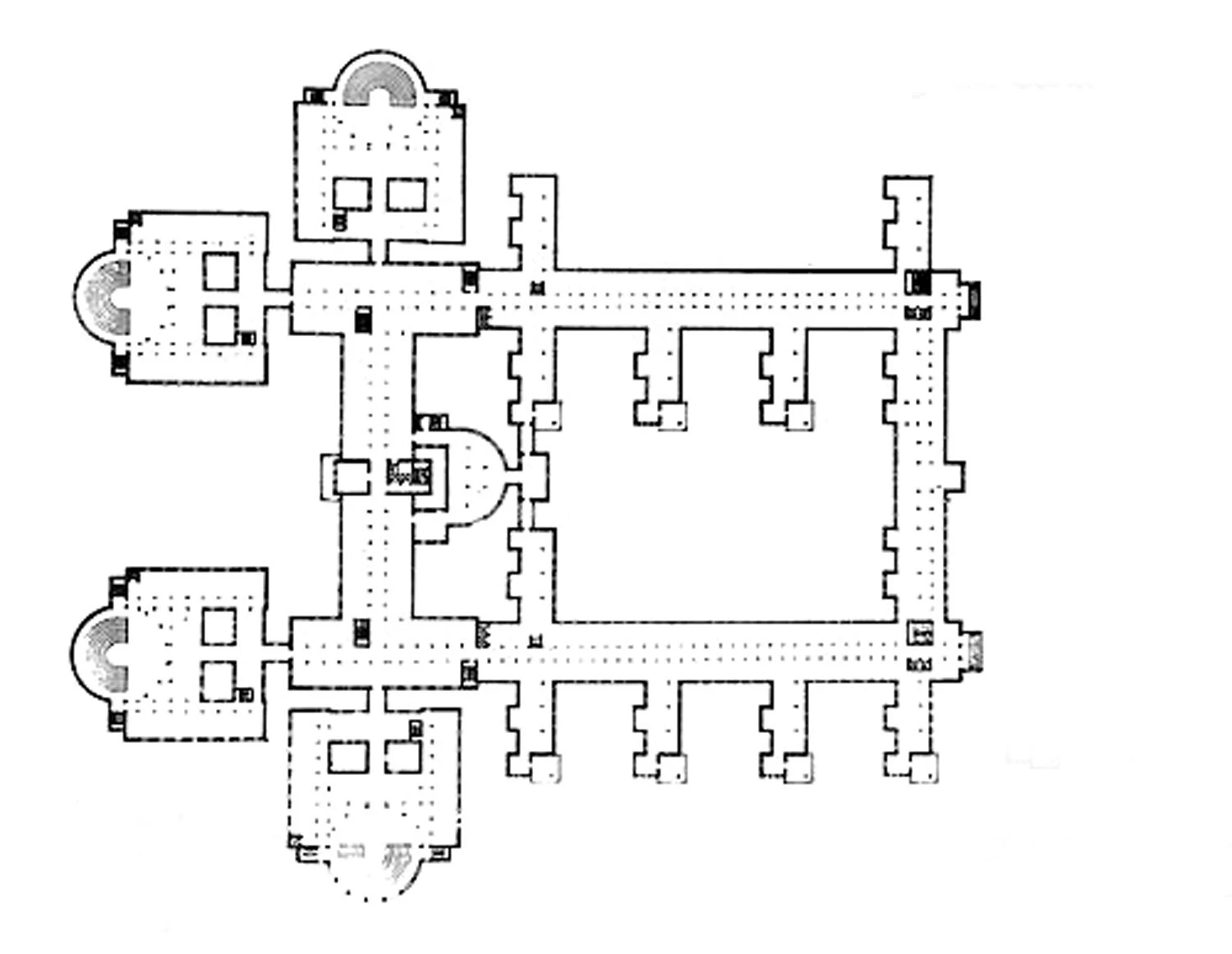
The images of the works under construction show the combination of structural rigor and academic composition in the Ciudad Universitaria, also present in the buildings of the Institución Libre de Enseñanza.
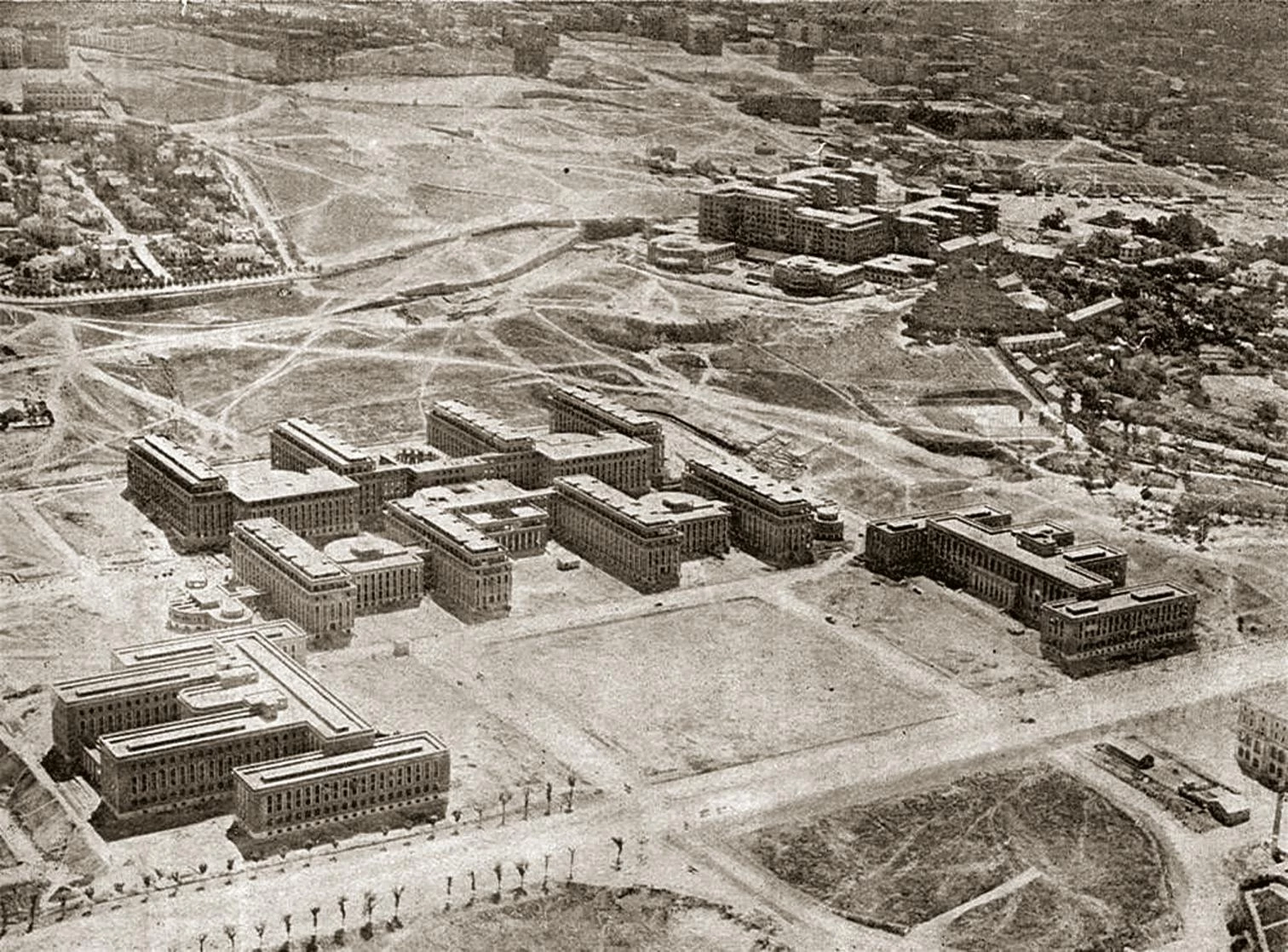

Also in the vicinity of the Residencia, in the period 1930-1935, two other prominent members of this generation, Carlos Arniches and Martín Domínquez, built three works connected to the ILE: the Auditorium and Library of the Residencia de Estudiantes; the Secondary Education Pavilion of the Instituto-Escuela; and the Nursery School Pavilion, an exceptional functional and technical expression of ILE pedagogical principles with cantilevering canopies by Torroja as the most striking element. With the same engineer, not far from the Ciudad Universitaria, Arniches & Domínguez later raised the Hipódromo de la Zarzuela, a masterpiece that has fortunately come down to our days, attesting Torroja’s structural genius as well as the architects’ practical intelligence and sensitivity to landscape, which wraps up the narrative of excellence of the country’s early modernity, on the eve of the Spanish Civil War.
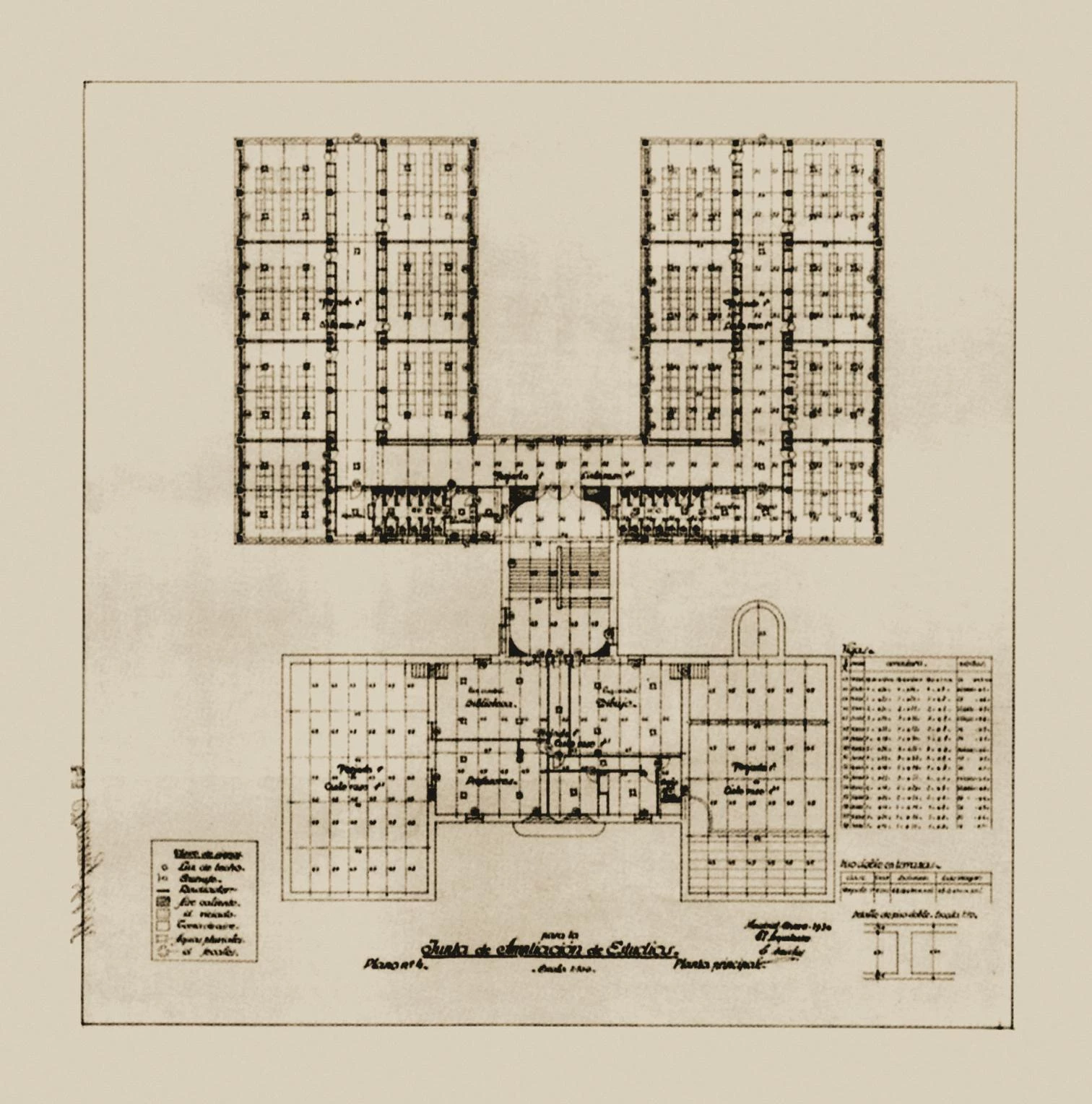

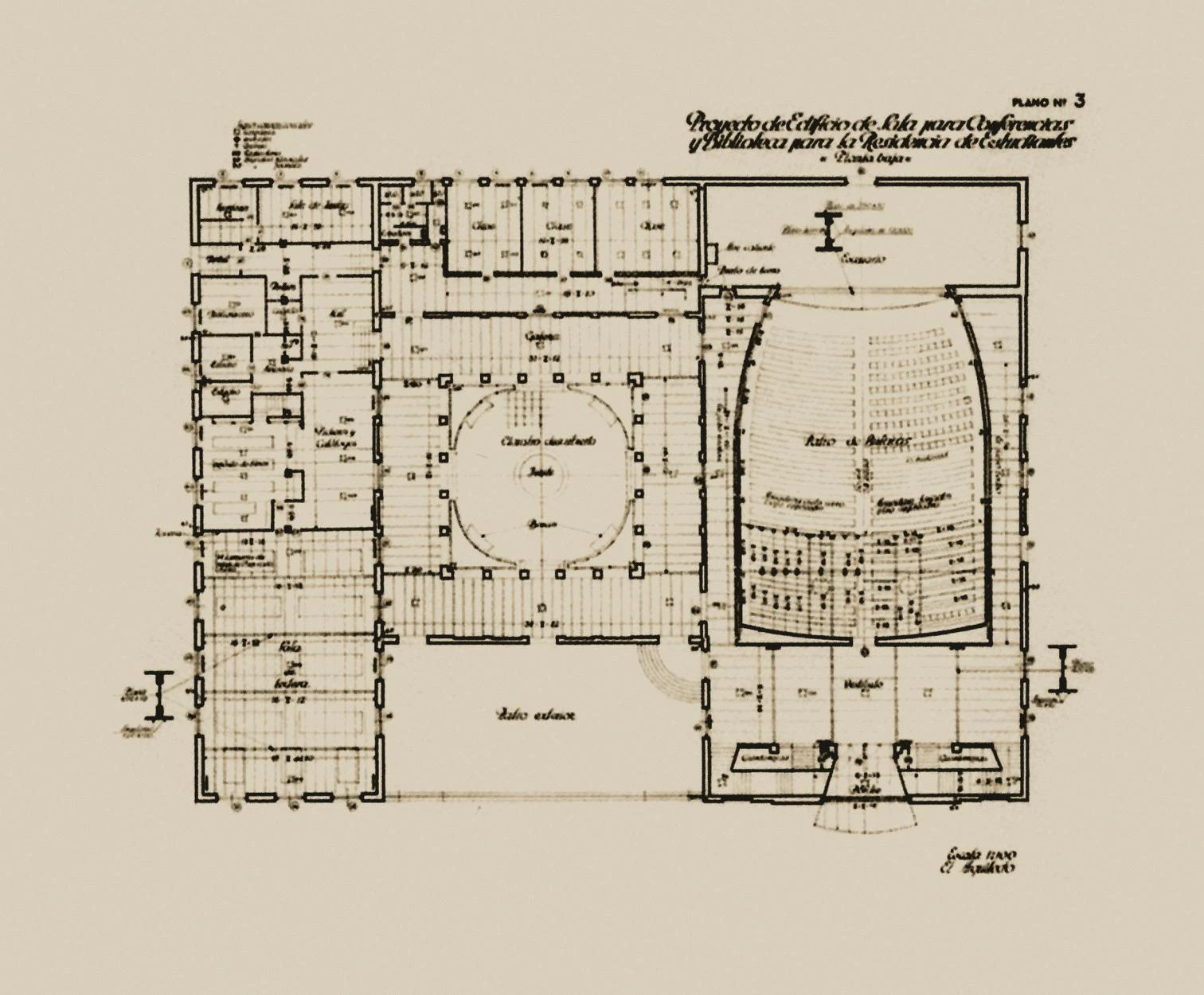
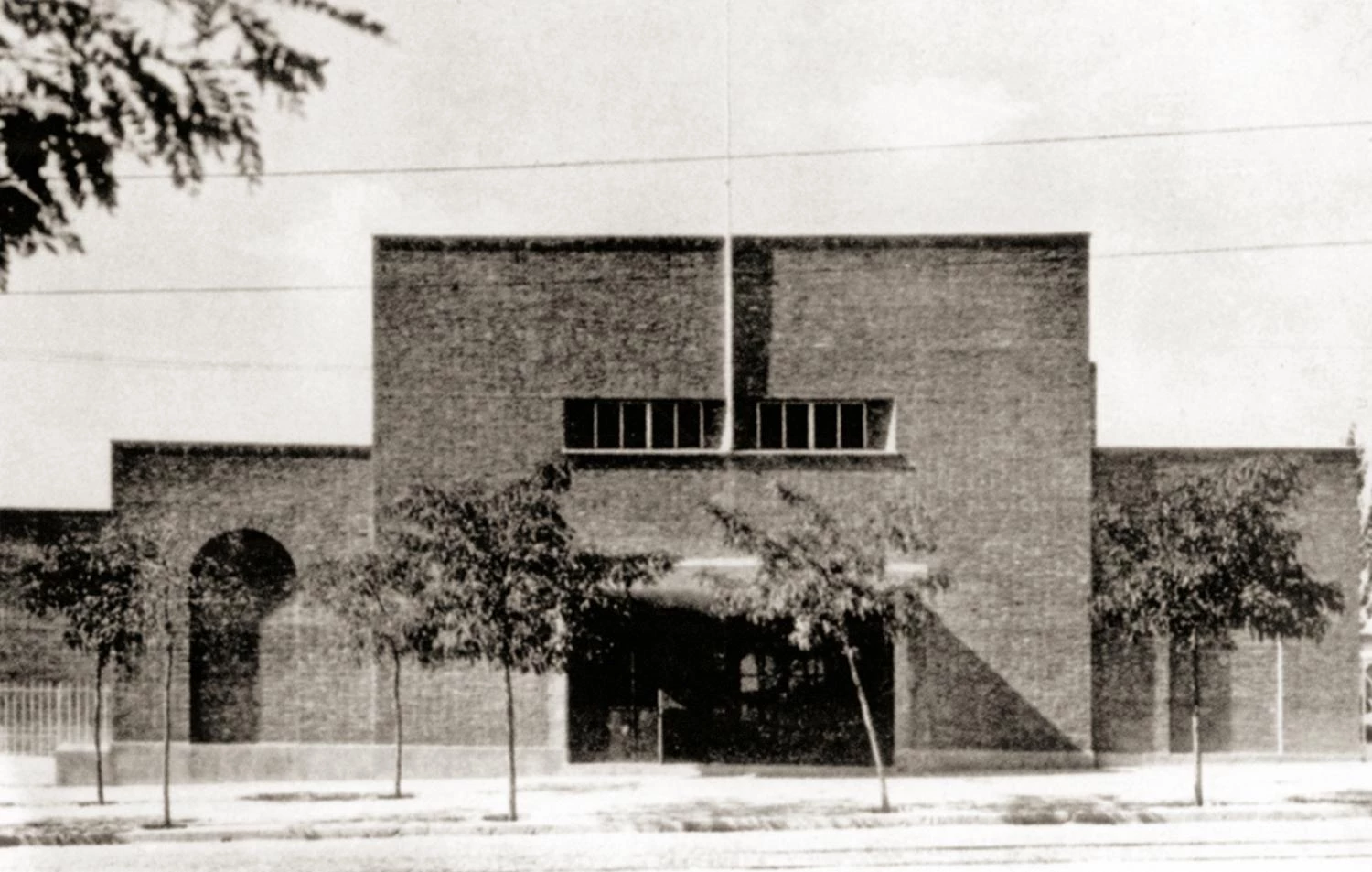
In the title this architecture is described as ‘reasonable,’ a favorite word of another member of that generation, Luis Blanco Soler – who with Bergamín built the best residential development of the period, the Colonia Parque Residencia, now known as El Viso –, but perhaps no one expressed it better than Arniches & Domínguez in their response to a 1928 survey conducted by Ernesto Giménez Caballero’s La Gaceta Literaria. What from 1927 to 1932 was the organ of the avant-garde – it is significant that the magazine Arquitectura, founded in 1918, joined the movement when Anasagasti became editor in 1927 – presented a series of architects, at the behest of the ever restless Mercadal, with a provocative question: “Do you believe in a rationalist architecture?” Arniches & Domínguez’s answer, full of irony, defines well these architects often described as ‘rationalists on the margins’ but occupying (under the heading of Generation of 25 or Generation of 27) a central place in the Silver Age of Spanish culture: “What we do we consider reasonable; we do not know if you find it rationalist.”





